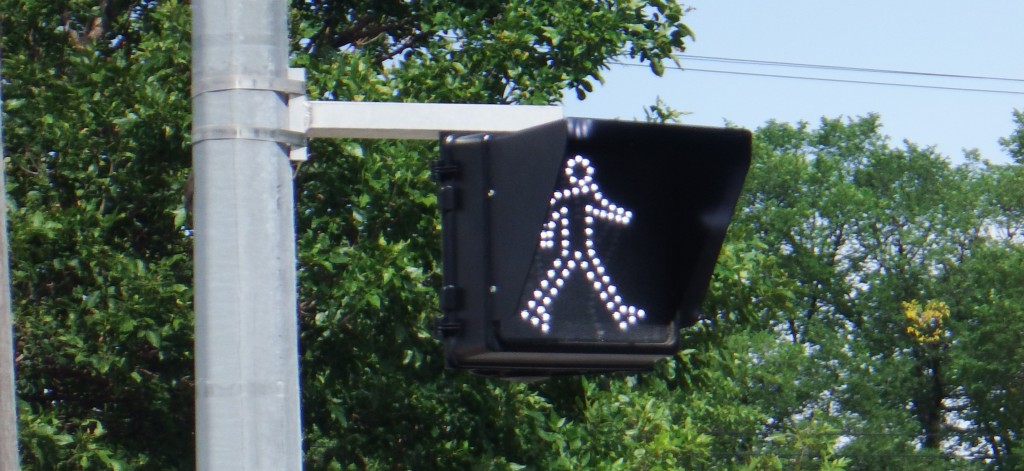Winnipeg Free Press – Fresh look for Transit New master plan re-imagines routes throughout city (March 16, 2021)
CTV – Bus to the beach: Transit Master Plan proposes Birds Hill Park route (March 13, 2021)
CBC – New Winnipeg Transit plan leaves no route untouched in effort to make network more efficient, accessible (March 8, 2021)
On CJOB 680 about city budget shortfall and letter campaign for provincial funding (Sept 9, 2020)
In the Winnipeg Free Press over concerns of Downtown Spirit cancelation (Aug 28, 2020)
In the Winnipeg Free Press on concerns for service levels during pandemic (Aug 12, 2020)
CTV News coverage of press conference with ATU Local1505, FTW and Coun. Allard on recommending wearing masks on transit. (Aug 4, 2020)
Appeared in the Winnipeg Sun over FTW call on provincial government to provide funding for transit during the pandemic. (July 27, 2020)
Radio interview on CJOB about call for Provincial transit funding in light of COVID-19 (July 27, 2020)
Coverage of transit rally at City Hall: Winnipeg Free Press, Winnipeg Sun (Mar 2, 2020)
Appeared in Winnipeg Free Press expressing concerns about stated transit budget shortfalls amid apparent surpluses (Feb 13, 2020)
FTW’s advocacy cited in Winnipeg Free Press editorial (Feb 11, 2020)
Appeared on Global demanding better service in Winnipeg, expressing concerns about loss of Greyhound service (Feb 10, 2020)
Appeared on CTV News supporting transit’s proposed frequent service network (Feb 10, 2020)
Appeared on Global discussing expansion of transit service to bedroom communities (Feb 7, 2020)
Functional Transit stands with Budget For All against cuts to municipal services. (Jan. 29, 2020)
Public Works Committee opposes cuts after mass opposition: Global, Winnipeg Free Press, Winnipeg Sun (Dec 5, 2019)
Coverage of over 30 FTW members and supporters speaking at City Hall: Winnipeg Free Press, Winnipeg Sun (Nov. 28, 2019)
Appeared on 680 CJOB discussing the negatives of the proposed transit budget cuts (Nov 14, 2019)
Appeared in the Winnipeg Sun speaking against the proposed transit budget (Nov 13, 2019)
Appeared in the Herald speaking on the Transit Master Plan and the importance of funding (Nov 7, 2019)
Appeared in the Projector discussing the importance of funding the Transit Master Plan (Nov 5, 2019)
Appeared in the Winnipeg Free Press about the Southwest Transitway Route Network (Oct 30, 2019)
Appeared in CTV News article about the Southwest Transitway Route Network (Oct 30, 2019)
Appeared in the Winnipeg Free Press about the effects of a transit strike (Aug 23, 2019)
Appeared in the Winnipeg Free Press about transit safety (Aug 2, 2019)
Participated in Ideas to transport Winnipeg into the future, panel discussion (May 14, 2019)
Appeared on CBC speaking about bus shelters (Jan 29, 2019)
Appeared in the Winnipeg Sun speaking in support of transit fare freeze (Dec 5, 2018)
Appeared in the Winnipeg Free Press speaking about Peggo Card issues (Dec 3, 2018)
Our campaign launch announcement appeared in Mass Transit Magazine (Aug 28, 2018)
Appeared in the Winnipeg Sun announcing our transit campaign during civic election (Aug 27, 2018)
Appeared in the Winnipeg Free Press announcing our transit campaign during civic election (Aug 27, 2018)
Appeared in Winnipeg Free Press speaking about mayoral candidate Motkaluk’s transit plan (Aug 15, 2018)
Op-ed by FTW chair Joseph Kornelsen appeared in the Winnipeg Free press (Jun 8, 2018)
Full list from 2014 to Present
